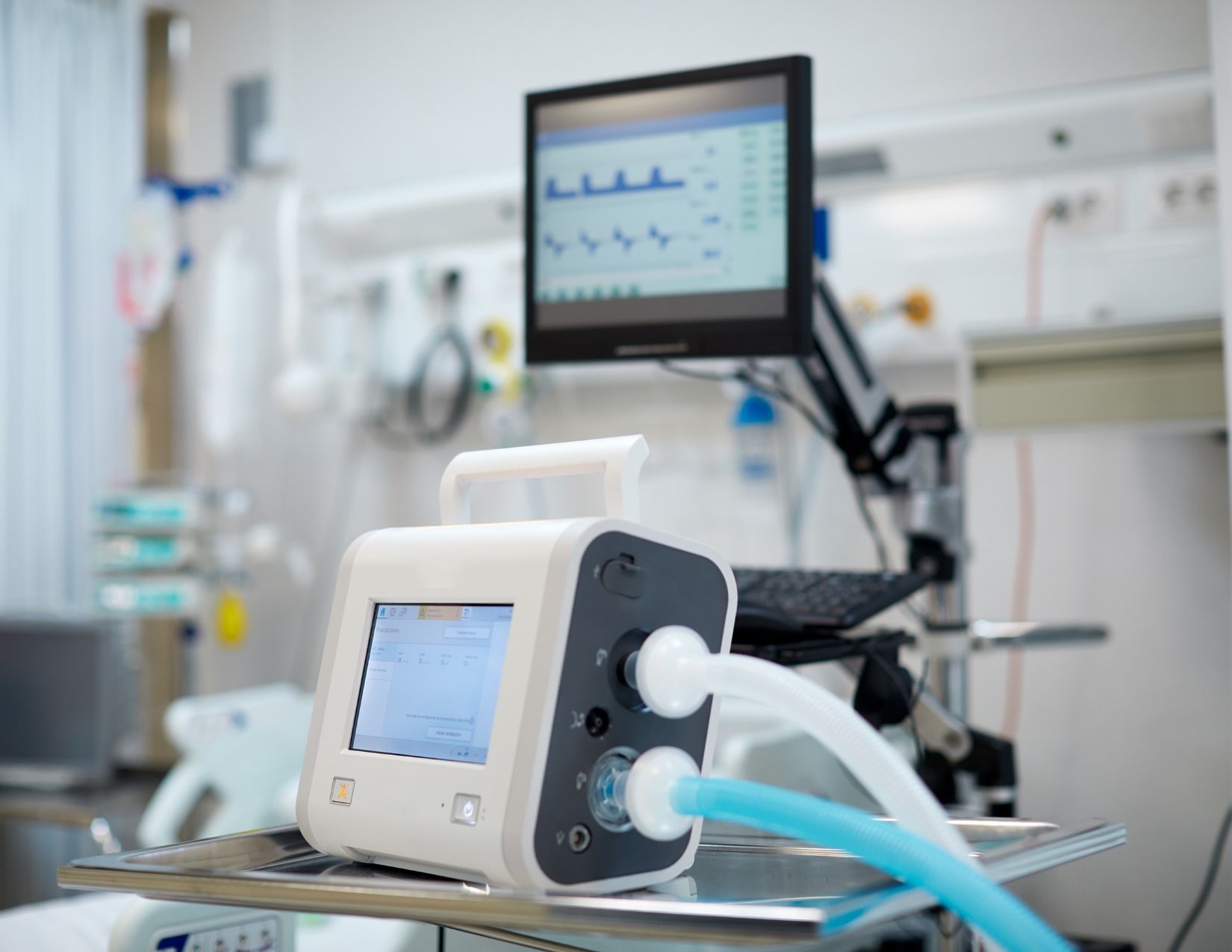
Today, technology is rapidly changing; people want variety for everything, and the environment has become a huge concern. Because of this, the automotive and transportation industry finds itself at a critical juncture. Planning is one of the major keys toward success and strength. In this article, an in-depth look will be taken at the components needed to build a complete road to success in the ever-changing automotive and transportation world.
1. In-Depth Market Analysis and Trends Assessment:
Starting off on a strategic journey should be all about understanding how the market works. Organizations need to thoroughly analyze industry trends, new technologies, changing consumer preference, new regulations, and how global economic changes affect them. That, therefore, calls for an in depth analysis of the market, including the scrutiny of regional differences, social and economic factors, as well as cultural influences to offer insight at a level deeper than the face value of the trends.
2. Embracing Sustainability as a Core Pillar:
In the current world, where environmental care is a priority, one can say that sustainability is not just an option but part of strategy. Any viable business plan should include sustainability across the operations. Besides offering electric cars for transportation, organisations need to strive for sustainable sourcing of materials, follow environmentally friendly production processes, and look for renewable energy sources to power the production facilities. Working with sustainable suppliers and participation in community-driven environmental projects shall form part of the sustainability strategy.
3. Innovation and Technology Integration:
In the Automobile and Transportation industry, novelty-seeking is continuous and the prime factor for any company to be ahead. The company has to create an environment that would foster and grow innovation. Strategic planning has to involve the adoption of new emerging technologies like electric cars, driverless cars, connected cars, and artificial intelligence. Each technology has to be critically analyzed for the way it could be modified or adapted and added to an existing one. Working with research institutions and technology startups can give access to the latest innovations and help stay ahead of the competition.
4. Adaptation to the Autonomous Driving Paradigm:
Any strategic roadmap must acknowledge the inexorable shift to autonomous driving. That means committing substantial resources to research and development, testing of autonomous vehicles, which in turn are weighed against a deep understanding of regulatory change. Companies will need to consider the wider implications of the autonomous drive-for instance, new insurance models, town planning, and public reaction.Engagement with policy makers and industry associations to actively contribute to shaping the regulatory framework becomes integral to the strategic approach.
5. Connectivity and Enhanced Customer Experience:
Connectivity is the key to a better future of cars and transportation. An explicit strategy should, therefore, be the development of systems through which vehicles, roads, and users could communicate effortlessly. Beyond the realm of 'infotainment' systems at the front, firms need to deploy advanced maintenance programs using real time data to predict issues and thereby offer personal services that extend outside the vehicle to smart charging stations and mobility applications in order to enhance the total customer experience.
6. Diversification of Mobility Services:
Besides conventional car services, plans must be there for alternative forms of transportation services. Ride sharing, car sharing, and subscription models all are aligned with the way consumers would behave and would want today. For this, research in local markets should be done by a company in order to find out special requirements for different areas and plan services accordingly to meet local needs. Collaboration with city planners and local governments can make these services practical and successful.
7. Global Expansion and Market Penetration:
To become stronger, organizations need to carefully choose important global markets for growth. A detailed plan should consider local rules, cultural differences, and specific market needs. Creating partnerships and alliances is important for successfully entering international markets. Also, a careful study of political risks, currency changes, and trade rules should guide the decision making process, making sure the expansion strategy is well informed and flexible.
8. Supply Chain Resilience:
In this world, full of uncertainties, developing a tight and flexible supply chain becomes very crucial. An ideal plan should include some alternative plans to mitigate risks generated from political issues, natural calamities, or supply chain discontinuation. Besides, organizations should find ways for enhancing their supply chains through digital tools, adding blockchain for increased transparency of information, and building up robust relationships with suppliers in order to make the supply chains even more robust.
9. Talent Acquisition and Skill Development:
The human element is an essential component in any strategic roadmap. An organization has to invest actively in finding and training talented individuals to build a job force that can adapt to the changes in the industry. Rather than mere traditional hiring, the partnerships of organizations with schools in designing programs matching the needs of the industry should be sought. Additionally, encouraging a diverse culture promotes a dynamic and creative work environment that allows an organization to be the employer of choice within an extremely competitive labor market.
10. Regulatory Compliance and Ethical Practices:
In a domain where almost everything relates to rules and regulations, planning should involve an elaborate plan on adherence to these rules. Organizations have to keep pace with changing regulations so that they operate in an ethical manner which does not violate the law. Proactive compliance with regulations would reduce legal risks and ensure stakeholders trust. Organizations should not only adhere to rules but must actively collaborate with regulatory bodies by sharing insights and assisting in making fair and effective regulations to attain industry objectives.
Conclusion:
It is not about drafting a roadmap to success in the automotive and transportation industry once, but it's a continuous and evolutionary process. A strategic plan must cover a wide range of aspects, from market analysis to sustainability, innovation, autonomous driving, connectivity, global expansion, supply chain resilience, talent management, and regulatory compliance. It calls for embracing innovation, changing with the times within the industry, and developing a culture of sustainability and resilience in which one can find success in a world that demands constant change . Thus, strategic planning is not just a map but rather a fluid, complex navigation guide that enables organizations to move through the difficult landscape of the automotive and transportation industry with insight and speed.
Trending Posts

Global Silver Nanoparticles Market
The global silver nanoparticles market was valued at $2.08 billion in 2020, and is projected to reach $4.1 billion by 2027, growing at a CAGR of ~17%

LNG Bunkering – Here is something you must know!
In the current scenario of growing pollution, companies are trying to adapt more and more sustainable approach that not only gives eco-friendly result

The Basic Pension Comes - Federal Cabinet Decides On the Pension Supplement
Financial security in old age is an issue that is causing stomach pains for more and more people in Germany. Low-wage earners fear the elderly. The ba

The Future of Artificial Intelligence
In recent years, the field of artificial intelligence (AI) has witnessed unprecedented growth and transformative advancements. As AI technologies

Sailing into the future with Autonomous Ships
Autonomous Vehicles (AVs) are the uproar of this era. After airways, thanks to the companies like Tesla, that people are now getting used to see drive

Rising Demand For Uninterrupted Power Supply Is Expected To Drive The Power Rental Market
Todays world is totally reliant on electric power. There are many things which are not manageable without electricity. Power rental is a concept where

Rapidly growing IT industry coupled with the trend of bringing your own device (BYOD) is expected to provide new opportunities for growth of Cloud Collaboration
Cloud collaboration is the process of sharing and co-authoring the computer-based work through cloud technology

Factcheck on UV Disinfection for COVID-19
Many regulatory authorities and bodies believe that UV disinfection technologies can play a role in a multiple barrier approach to reducing the transm

The Global Ventilator Market Grows at a CAGR of 7.75 %
The Global Ventilator Market, which was at $688 million in the year 2016, is about to double by the year 2025, and reach a value of $1,347 million. Th

Vaccination: Vaccination Against Measles is Now Mandatory in Germany
The subject of compulsory vaccination has always heated peoples minds and caused emotionally charged discussions. The latest law in this area - the ob
Recent Posts

Growth and Future Trends of the Global In-Line UV-Vis Spectroscopy Market
In-line UV-Vis spectroscopy is a powerful analytical tool widely adopted in various industries for real-time monitoring of chemical and biological processes. This market is experiencing robust growth due to its applications in pharmaceutical.

Understanding the Growth Dynamics of the Premium Luggage Market
The market for premium luggage has grown massively over the years. This is attributed to several factors, including a change in consumer preference, increase in disposable incomes, and an overall rise in international travel.

Global Potassium Sorbate Market: Growth and Forecast
The Global Potassium Sorbate Market has gained significant traction due to the rising demand for preservatives across various industries, especially in food and beverages. Potassium sorbate, a salt of sorbic acid.

Global Venturi Masks Market Growth and Forecast
Venturi masks, also known as air-entrainment masks, play a crucial role in delivering a precise oxygen concentration to patients, particularly those suffering from chronic respiratory conditions such as COPD (Chronic Obstructive Pulmonary Disease).

Global Venous Thromboembolism (VTE) Therapeutics Market: Overview, Growth, and Forecast
Venous thromboembolism (VTE) is a critical medical condition including deep vein thrombosis and pulmonary embolism. In fact, it is one of the preventable causes of death in the hospital environment. It has experienced a substantial upsurge.

Global Vein Illumination Device Market: Growth and Forecast
The global vein illumination device market is experiencing significant growth, Due to a growing demand for minimally invasive procedures and an increase in chronic diseases, not to mention development in medical technology.

Global Vasculitis Treatment Market: Growth and Forecast
Vasculitis represents a group of disorders involving inflammation of blood vessels. It can affect parts of the body such as the skin, kidneys, lungs, and joints, and without proper treatment it may cause severe morbidity.

Global Fired Heaters Market: Growth and Forecast
The global market for fired heaters is growing at a rapid pace due to increased demand from major industries such as the oil & gas, chemical, and petrochemical sectors. Fired heaters are among the most crucial components of process heating systems.

Global Gas Flares Market Growth and Forecast
The growth in oil and gas production, environmental regulations, and a need for an effective waste gas management system are driving the global gas flares market. Gas flares are a crucial equipment in the oil and gas industry.

Global Steam Reformers Market: Growth, Trends, and Forecast
The steam reformers market is witnessing significant growth due to increased demand for hydrogen in industries like chemicals, refining, and fertilizers.
